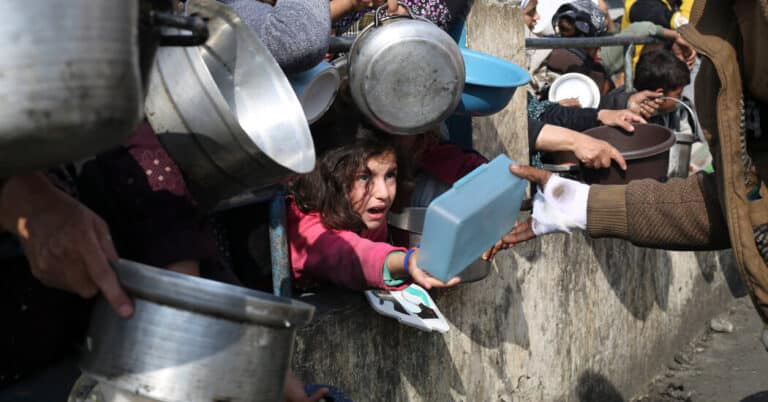Warehouses meant to store aid have become shelters for displaced Gazans; desperate Gazans loot the warehouses that remain and pull food from trucks.
The Gazan civilians who take the supplies “are desperate and angry and need food,” said Dr. Guillemette Thomas, a medical coordinator based in Jerusalem for Doctors Without Borders, echoing warnings by U.N. officials who say a larger and more sustained flow of aid is needed.
Israeli officials, who insist that there is enough food and water for civilians in Gaza, have blamed the United Nations, saying it should find more staff, extend workers’ hours and deploy more trucks to distribute the aid. The officials say the military coordinates with aid groups to arrange safe passage for convoys, and announces daily pauses in the fighting for Gazans to collect aid.
Under U.S. pressure, Israel reopened a second crossing to Gaza, Kerem Shalom, in mid-December, allowing aid trucks through.
Col. Moshe Tetro, the head of the Israeli government administration that liaises with Gaza, told reporters at the Kerem Shalom crossing on Wednesday that Israel had done its part by increasing its capacity for inspecting aid.
“The bottleneck, as I see it, is the capability of the international organizations inside Gaza to receive this aid,” he said. He added, “I’m sure that when we see the other side being more effective, we will see more movement.”
When Kerem Shalom reopened, Israel committed to allowing in 200 trucks a day. Nearly a month later, however, the total entering Gaza each day falls short of that target: Gaza has received an average of about 129 trucks loaded with food, water and medical supplies each day over the last week, according to U.N. figures. That includes 193 trucks on Wednesday, the biggest convoy since Kerem Shalom reopened.


